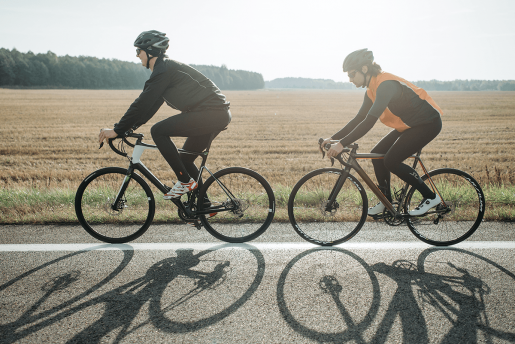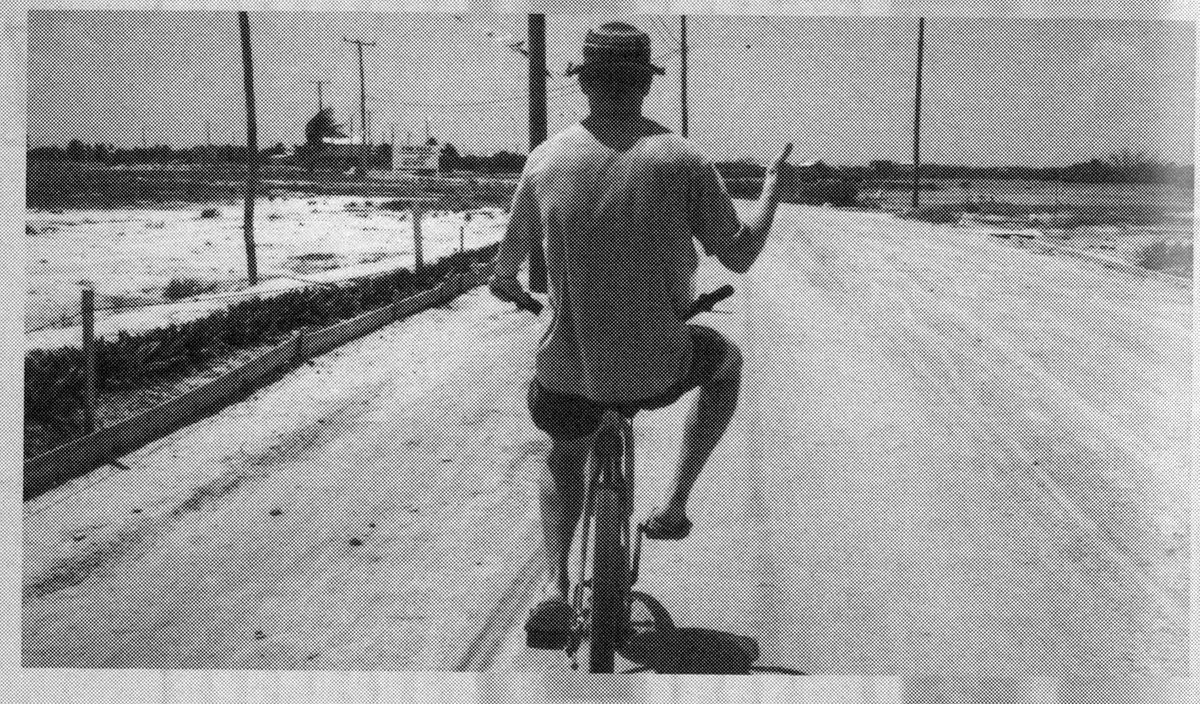Bike saddles: How to pick the right seat for your next ride
Now that warmer weather is upon us, many of us will feel the urge to climb on a bicycle. From a safety perspective, there is much to consider – protective equipment, a good quality, well-fitted helmet, reflective clothing and selection of a safe cycling location. One important safety item often overlooked is the bicycle seat. The perineum is the soft tissue between the thighs, commonly known as the crotch. This area is particularly sensitive, with injuries occurring in 30-80% of riders. Injuries range from relatively minor, like skin chafing or transient numbness, to more significant, like skin breakdown, tissue contusion, hematomas and decreased male potency. Most of these risks can be reduced by appropriate selection and alignment of the bike saddle.
 In selecting the optimal saddle, the first step is to accurately assess your cycling goals. Are you going to be riding casually up and down the beach on weekends, training as a competitive racer or engaging in long-distance touring? Do you ride on a track, public street or mountain trails? Bicycle saddles come in a wide variety of designs, but four general factors impact their comfort and performance: seat width, hand positioning, tilt and padding.
In selecting the optimal saddle, the first step is to accurately assess your cycling goals. Are you going to be riding casually up and down the beach on weekends, training as a competitive racer or engaging in long-distance touring? Do you ride on a track, public street or mountain trails? Bicycle saddles come in a wide variety of designs, but four general factors impact their comfort and performance: seat width, hand positioning, tilt and padding.
Width of the seat is one of the more critical factors. When seated, your weight should be borne by your ischial tuberosities, your sitting bones. These boney prominences, a part of your pelvis, are very tolerant of extended periods of weight-bearing. The two tuberosities are usually separated by 3 to 5 inches and on average, this distance is wider in women compared to men. Your seat should be wide enough to bear weight through both bones simultaneously. In general, a seat that is slightly too wide is preferable to one that is too narrow. However, there is a trade-off: if the seat is too wide, it will interfere with the thigh motion necessary to pedal, decreasing efficiency and increasing the risk of skin irritation.
Hand positioning is also important. The crouched, dropped-hands posture, which you may recognize from the Tour de France, produces favorable aerodynamics. In addition, a significant portion of your body weight is shifted towards your hands or forearms. This position helps to reduce the weight borne through the perineum. As the center of gravity of the average man is usually higher than that of the average woman, the beneficial impact of this weight reduction is greater in men. The more casual beach cyclist generally sits upright. While this position may feel more natural at first, it has the disadvantage of concentrating all your weight through your perineum and ischial tuberosities.
Seat tilt is generally a function of where you position your hands most of the time. Your weight should be carried perpendicular to the saddle. Therefore, if you are an upright, casual-style rider, your seat will be level; if you spend most of your time in a bent over racing-style position, your seat will need to be tilted forward.
The amount of seat padding can also help to reduce some of the compressive seating force, but the impact is fairly modest and choice of padding is largely a matter of personal preference.
Before you hit the road:
- Consider having your bike, handlebars, seat selection and seat configuration assessed by an experienced fitter or cyclist. It makes a big difference.
- Start off slow, and build your endurance over time, as with any new activity.
- Make sure you are fully recovered before taking another ride, and consider reassessing the configuration of your bike if you experience discomfort.
- Most importantly, have fun and stay safe.
Learn more about Baylor Medicine Physical Medicine and Rehabilitation.
Dr. James McDeavitt, Executive Vice President and Dean of Clinical Affairs at Baylor College of Medicine and Professor of Physical Medicine and Rehabilitation



